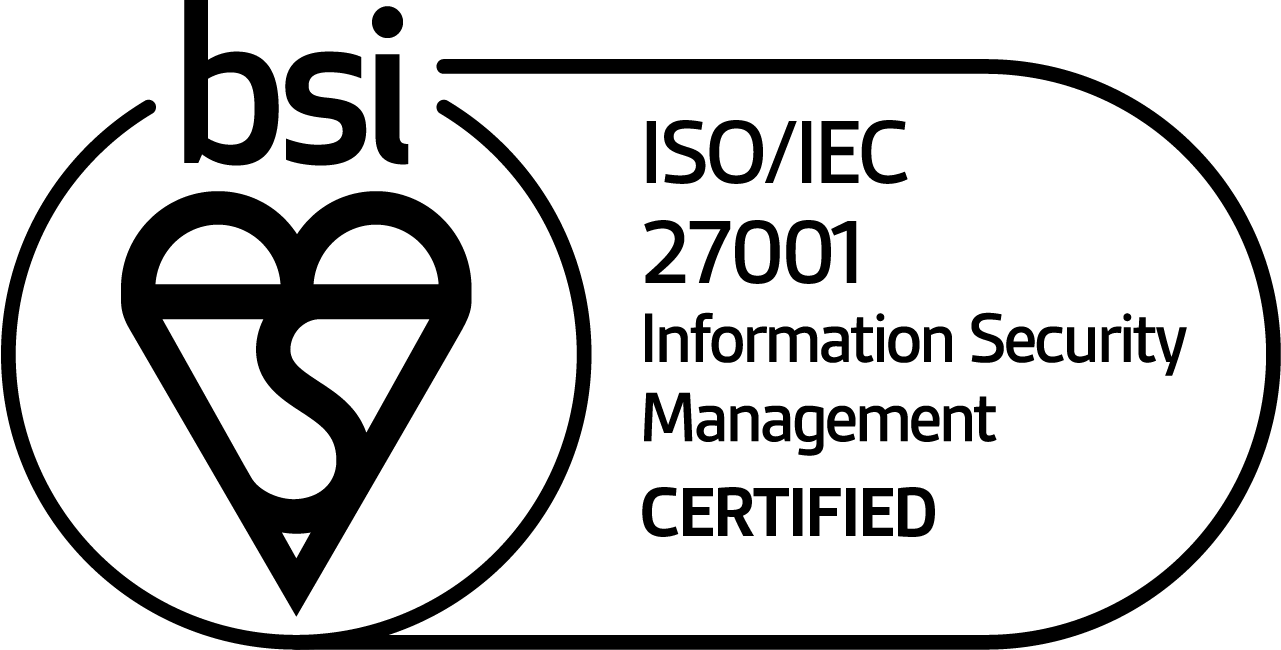Order-to-cash (O2C) is the process that encompasses the lifecycle of a customer order, from the time the customer places the order until payment is received. It includes multiple steps, such as order management, inventory management, delivery, invoicing, accounts receivable management, and collections. O2C is a critical process for any company that provides products or services to customers, as it provides revenue, cash flow, and customer satisfaction.
However, O2C is often a complex and inefficient process that is hampered by manual tasks, paper documents, outdated systems, lack of integration and visibility, and human error. These challenges result in long lead times, high operating costs, low accuracy, poor service quality, and increased risk. affected.
O2C digitalization
Digitization of O2C is the use of technology to automate, optimize and transform the O2C process. Digitization enables organizations to improve the performance of their O2C process by:
– Reducing or eliminating manual tasks and paper documents.
– Integrating and synchronizing data and systems across the O2C chain
– Providing real-time visibility and analysis of O2C activities and results
– Improve communication and collaboration between internal and external stakeholders
– Adapt and innovate O2C processes to meet changing customer needs and market conditions
Wie kann ein Unternehmen seinen O2C-Prozess digitalisieren?
How can an organization digitize its O2C process?
Debtor management in the O2C process.
One of the most important parts of the O2C process is accounts receivable management.Accounts receivable management is the process of collecting payments from customers. Accounts receivable management includes activities such as sending payment reminders, following up on outstanding invoices, resolving disputes, applying discounts or penalties, and recording receipts. Accounts receivable management is important to the O2C process for several reasons:
– It improves cash flow. Cash flow is the amount of money an organization receives and spends. Cash flow is essential for financing day-to-day operations, investing in growth and repaying debt. Good cash flow ensures financial stability and solvency. Poor cash flow can lead to liquidity problems, bankruptcy and reputational damage.
– It increases profitability. Profitability is important for generating revenue, creating value and attracting investors. High profitability means that an organization is operating efficiently and effectively. Low profitability may indicate a lack of competitiveness, innovation or market share. Through accounts receivable management, an organization can reduce operating costs and losses caused by errors, fraud and write-offs, thereby increasing profitability.
Conclusion
Debtor management is thus an important part of the O2C process that should not be neglected or underestimated. By optimizing and digitizing accounts receivable management, a company can improve its O2C process and create more value for both itself and its customers.


